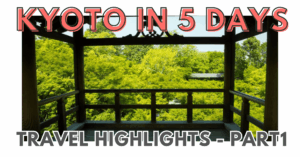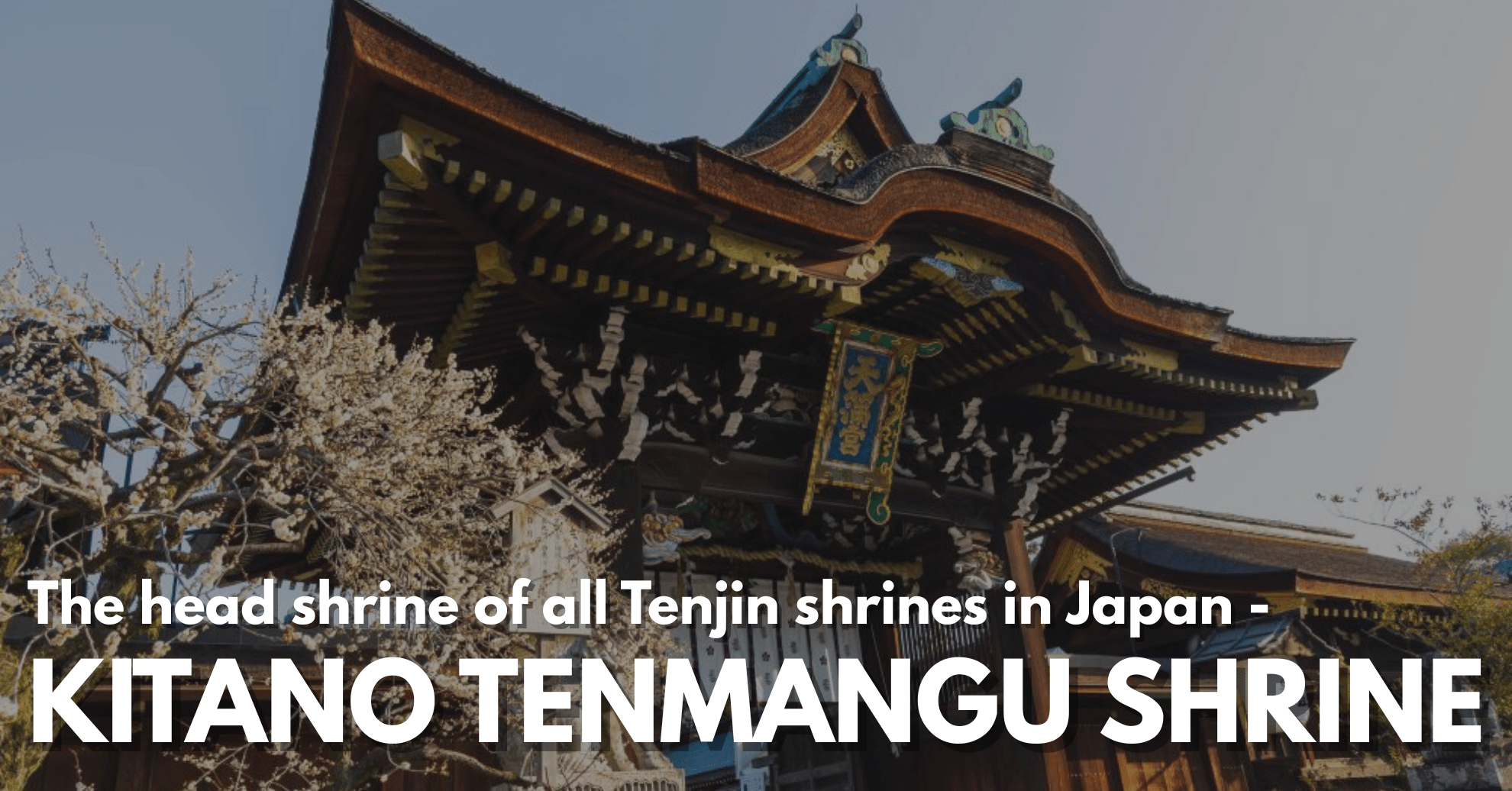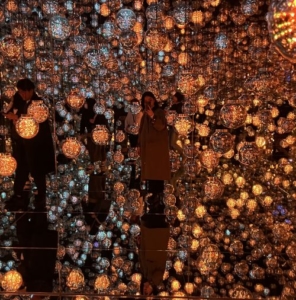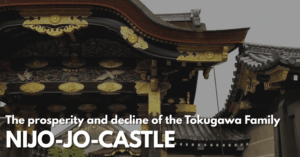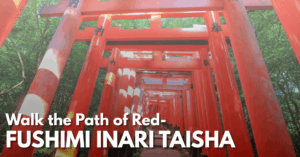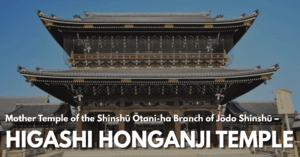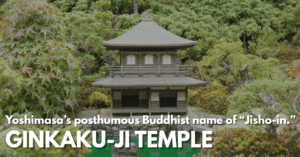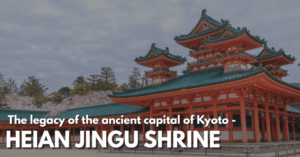Affectionately known as “Tenjin-sama of Kitano”, Kitano Tenmangu Shrine is revered as the guardian deity of academic success, performing arts, and protection from misfortune.
It’s a classic destination for students, not only those preparing for exams but also for school trips and graduation tours.
This article introduces the shrine’s main highlights, its connection to historical figures, how to get there, and places to visit nearby. We’ll also explain the meaning behind the omamori (amulets) available at the shrine—helpful information to know before your visit!
What is Kitano Tenmangu Shrine?
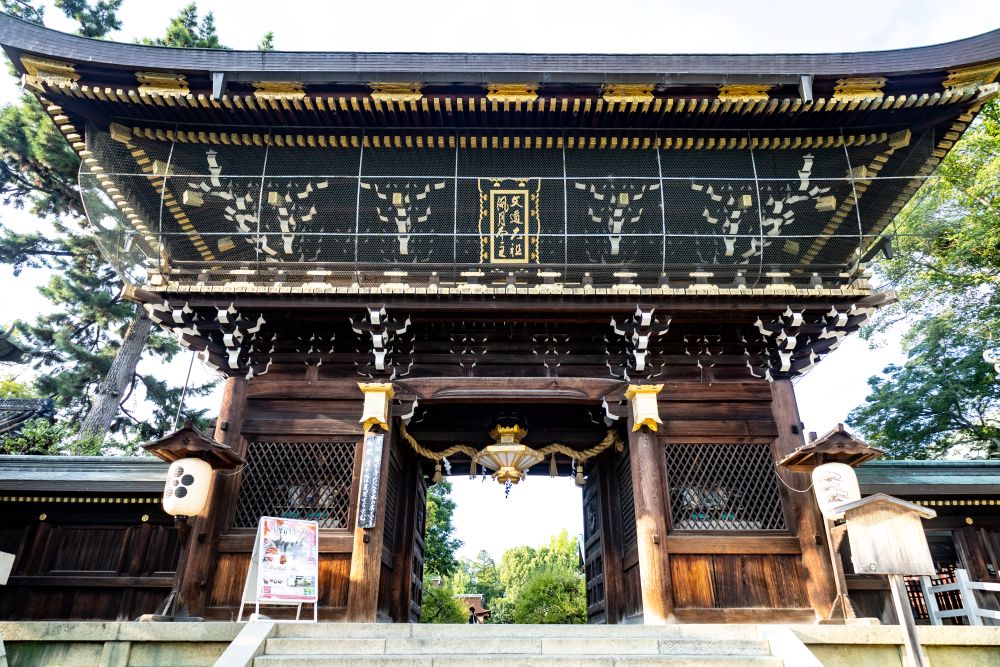
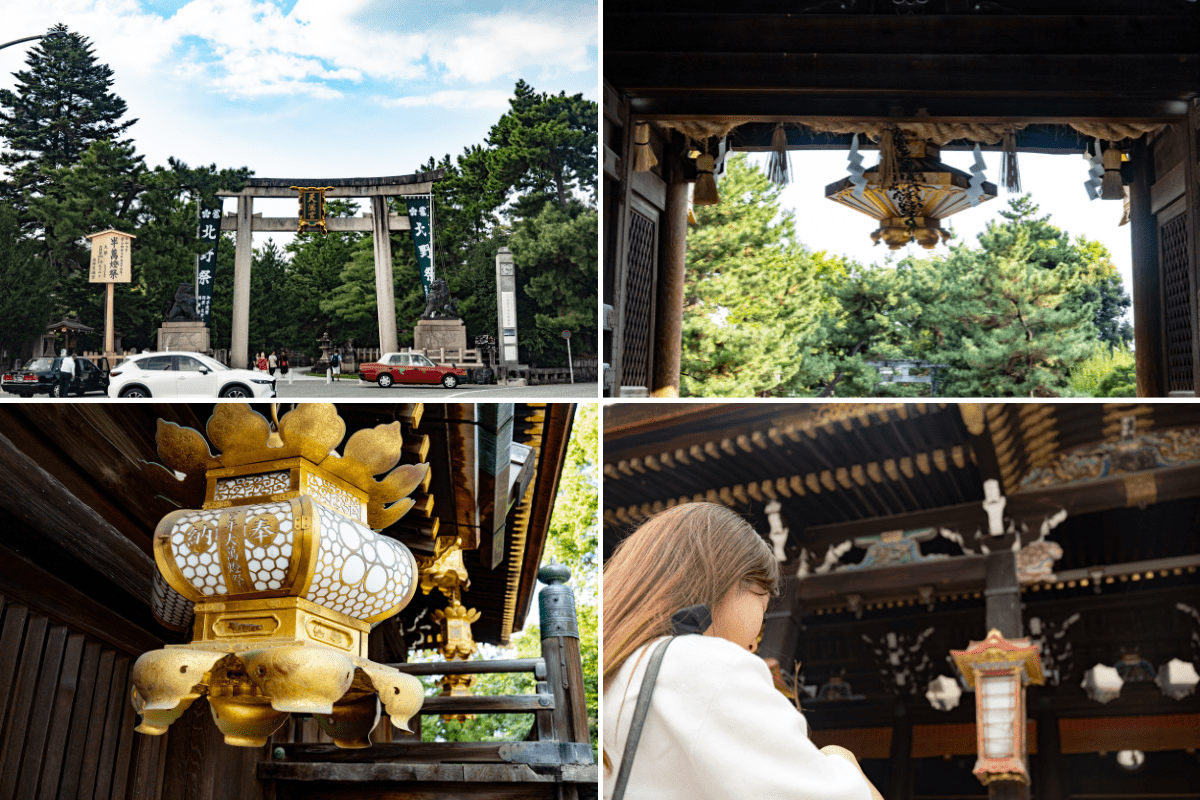
There are about 12,000 shrines across Japan dedicated to Sugawara no Michizane, including Dazaifu Tenmangu, Osaka Tenmangu, Kameido Tenjin, and Yushima Tenjin. Among them, Kitano Tenmangu in Kyoto serves as the head shrine of them all.
Sugawara no Michizane, the enshrined deity, was a renowned scholar from a young age. Due to the misfortunes of his later life, he was feared as a vengeful spirit—but later came to be worshipped as the god of learning and scholarship.
In 1587, Toyotomi Hideyoshi held the Great Kitano Tea Ceremony here with tea master Sen no Rikyu, further establishing the shrine’s reputation as a patron of culture and the arts.
Main Highlights of Kitano Tenmangu Shrine
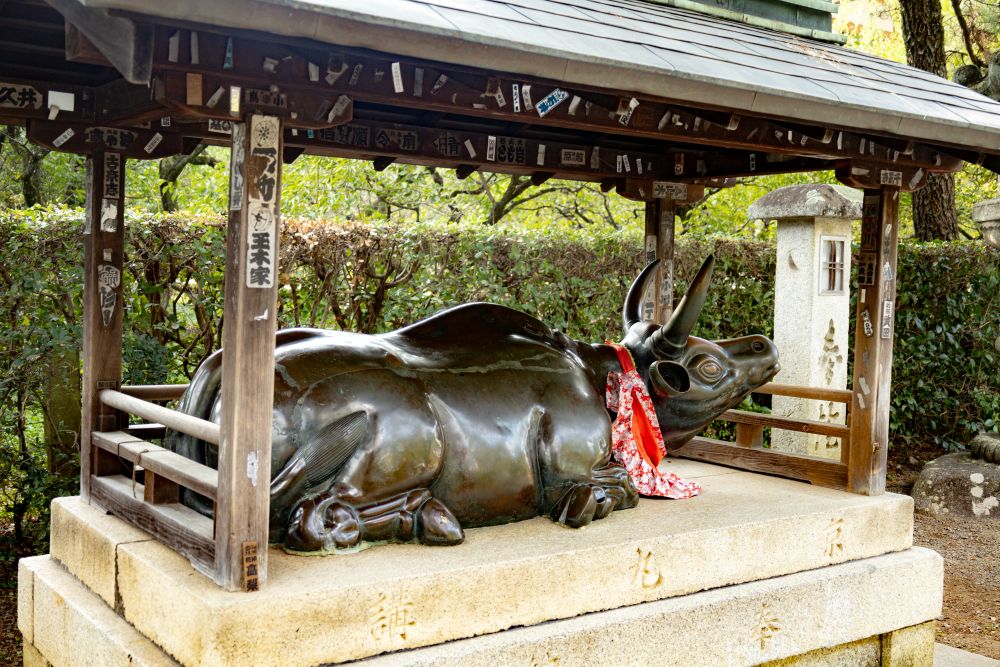
Key highlights include the Main Hall (Honden), a National Treasure, and the Sanko-mon Gate, designated as an Important Cultural Property.
The lavishly decorated golden carvings of the Main Hall create a powerful contrast with the sacred atmosphere, leaving a strong impression on visitors.
The Sanko-mon Gate is named after the sun, moon, and stars (san = three, ko = light), which are carved into the structure. Interestingly, the star carving is mysteriously missing, earning the gate a place among the shrine’s “Seven Mysteries” as the “Starless Gate.”
Also, don’t miss the “Nade-ushi” (stroking ox statue)—rubbing its head is believed to boost your academic abilities!
If you’re visiting on the 25th of any month, you’ll catch the shrine’s Tenjin Market, a lively festival featuring street food, antiques, crafts, and more—perfect for experiencing traditional Japanese festival culture.
Recommended visit duration: 30 minutes to 1 hour.
Seasonal Beauty: Plum Blossoms and Autumn Leaves
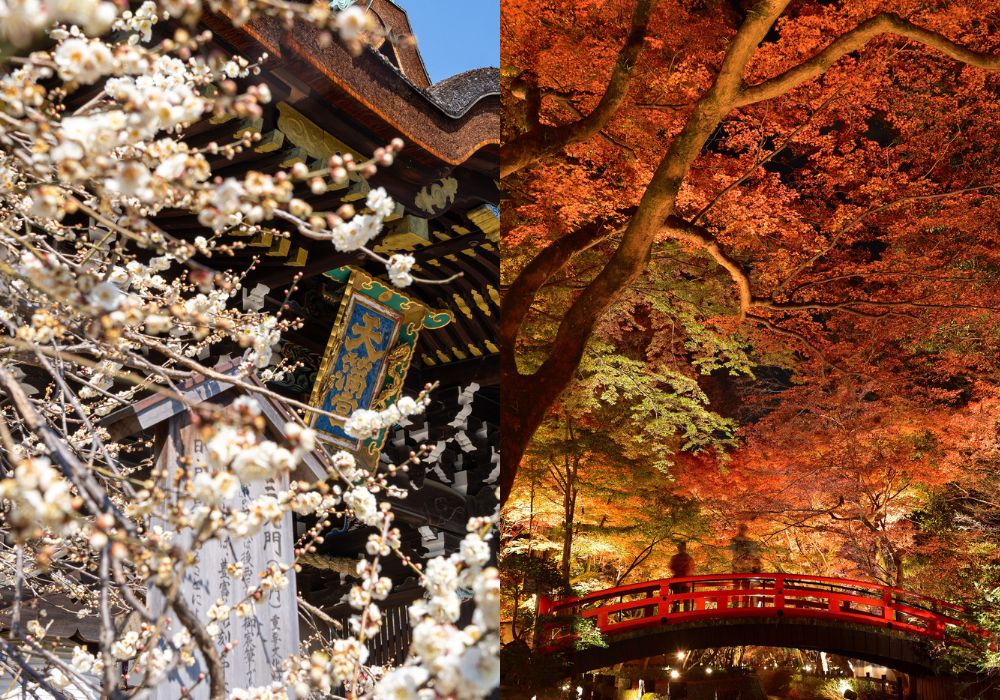
Kitano Tenmangu is also famous for its seasonal gardens, including a plum grove and maple garden:
- From late February to early March, about 1,500 plum trees bloom in the shrine grounds, filling the air with a sweet fragrance. The plum grove, known as “Hanano Niwa” (Flower Garden), features a scenic walking path, observation deck, and a teahouse offering seasonal sweets and matcha.
One of the plum trees is especially famous—it’s said to have been cherished by Sugawara no Michizane himself. When he was exiled, he composed a poem asking the tree not to forget to bloom in spring even in his absence.
- In autumn, the shrine opens its Momiji Garden, where around 350 maple trees turn vivid shades of red and gold from late October to early December. Starting November 11, the garden is beautifully illuminated at night, creating a magical and romantic setting.
Highlights include the 400-year-old “Three-pronged Maple” and panoramic views of the shrine’s Main Hall, offering a different experience from daytime visits.

How to Access Kitano Tenmangu Shrine
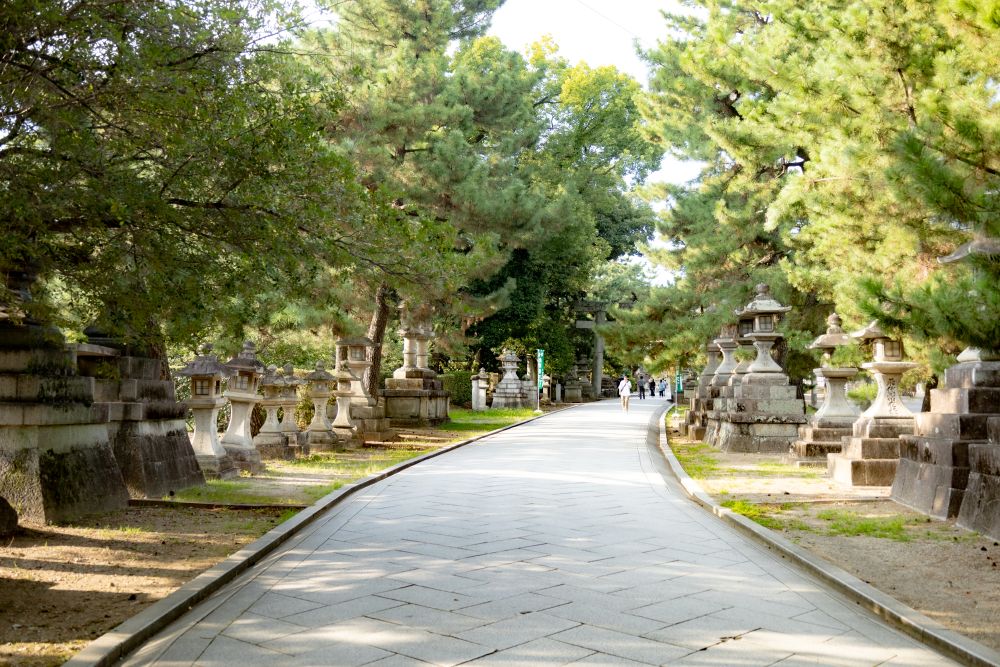
From Kyoto Station, take City Bus No. 50 and get off at Kitano Tenmangu-mae (about 35 minutes).
If you’re coming from the Arashiyama area, take the Keifuku Electric Railway (Randen) and get off at Kitano-Hakubaicho Station. The shrine is a 5-minute walk from there.
| Kitano Tenmangu Shrine Address: Bakuro-cho, Kamigyo-ku, Kyoto Phone: 075-461-0005 Opening hours: 7:00–17:00 Website: https://kitanotenmangu.or.jp/ |

Attractions Near Kitano Tenmangu Shrine
